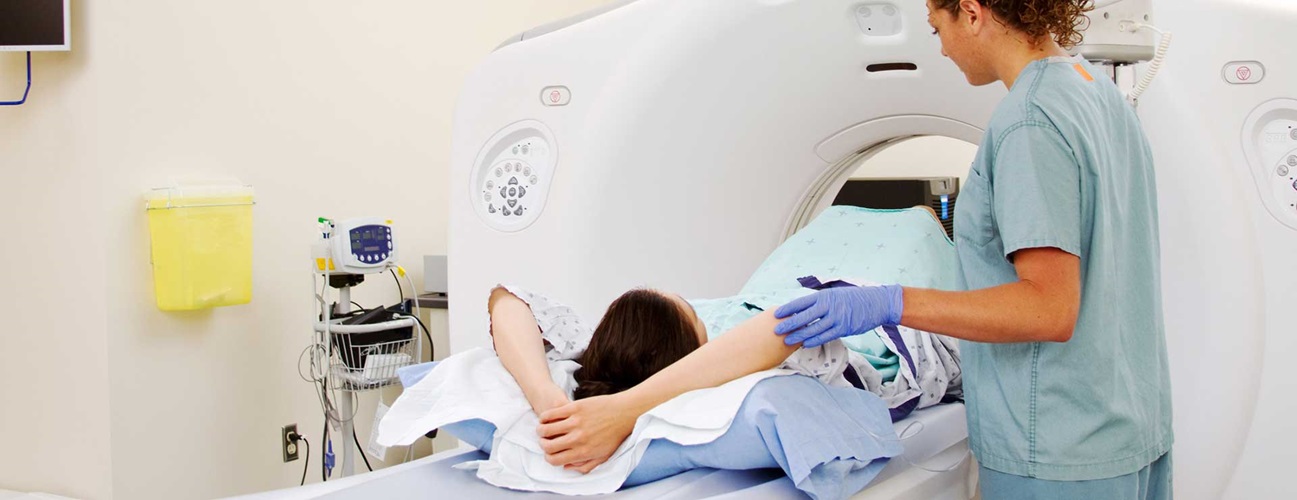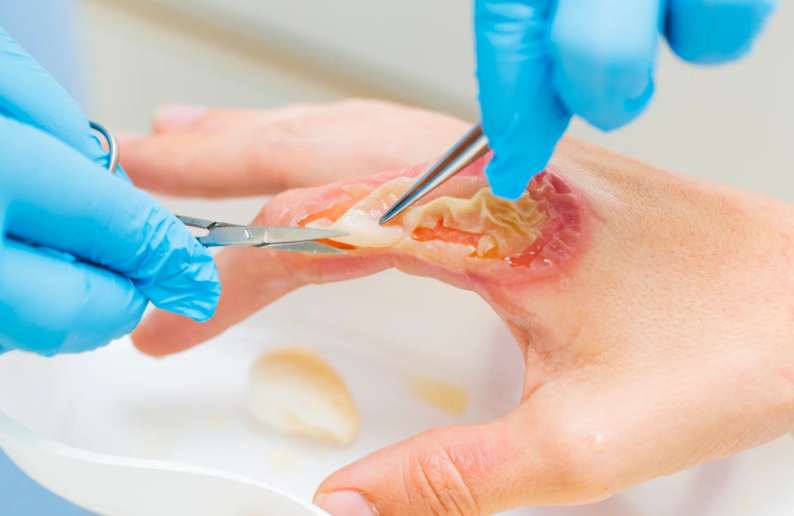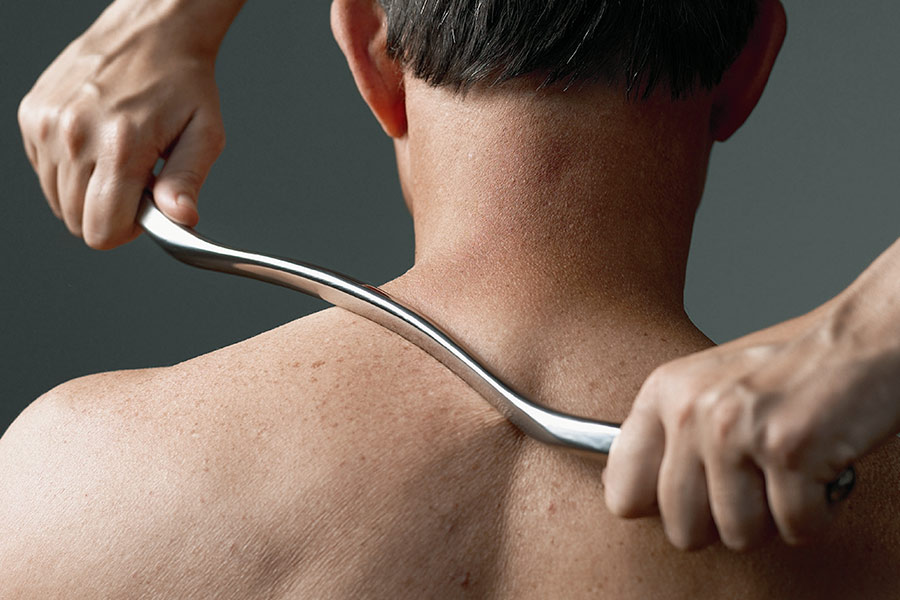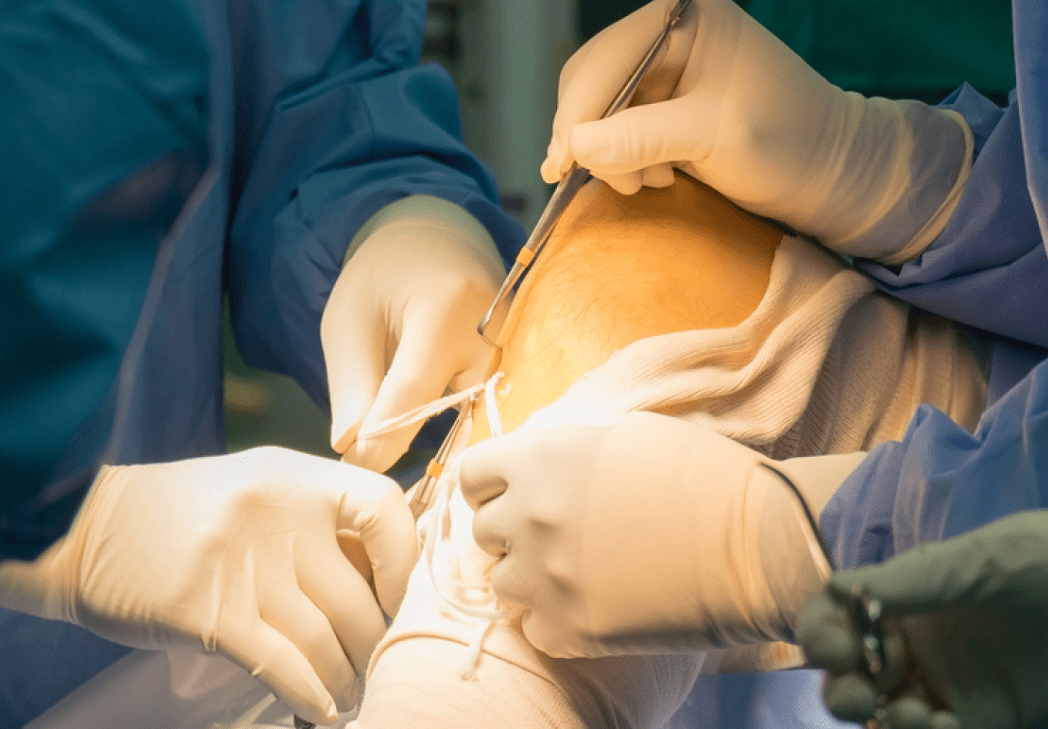In the realm of modern medicine, computed tomography (CT) scans stand as invaluable tools for diagnosing a myriad of medical conditions. By harnessing X-ray technology and computerized processing, CT scans offer detailed cross-sectional images of the body, aiding in the identification of fractures, tumors, internal injuries, and diseases. This comprehensive guide aims to provide you with all the essential information about CT scans, including preparation, procedure, potential risks, and accessing results.
Understanding CT Scans
CT scans, also known as computed tomography, are imaging procedures that utilize X-rays to create detailed cross-sectional images of the body. These images provide precise anatomical information, allowing healthcare professionals to diagnose and monitor various medical conditions effectively.
Preparation for a CT Scan
Before undergoing a CT scan, it’s crucial to inform the medical staff of any allergies, especially to iodine or contrast dye, as well as pregnancy or kidney issues. Depending on the type of CT scan, a fasting period may be necessary, and specific preparations may be required.
What Happens During a CT Scan
During the CT scan, patients are typically asked to change into a hospital gown and remove any metal objects, jewelry, or accessories. In some cases, contrast dye may be administered orally or through an IV line to enhance the visibility of certain tissues or organs. Patients must remain still during the imaging process, which usually lasts only a few minutes per scan.
Potential Side Effects and Risks
While CT scans are generally safe, there are potential side effects and risks to be aware of. For instance, some patients may experience a warming sensation or metallic taste when contrast dye is used. It’s essential to inform the medical staff of any past adverse reactions to contrast dye. Additionally, CT scans involve exposure to radiation, although the benefits of the procedure typically outweigh the risks.
Accessing and Understanding CT Scan Results
After the CT scan, the images and report will be digitally accessible. Patients may request printed copies of the results if needed. It’s essential to follow up with a doctor to review and discuss the findings of the CT scan, as they can provide valuable insights into your health and any necessary treatment plans.
Takeaway
CT scans play a pivotal role in modern medicine, offering detailed insights into the human body’s internal structures and functions. By understanding the preparation, procedure, potential risks, and accessing results of CT scans, patients can make informed decisions about their healthcare. Prioritizing your health and seeking medical attention when needed are essential steps in maintaining overall well-being.











